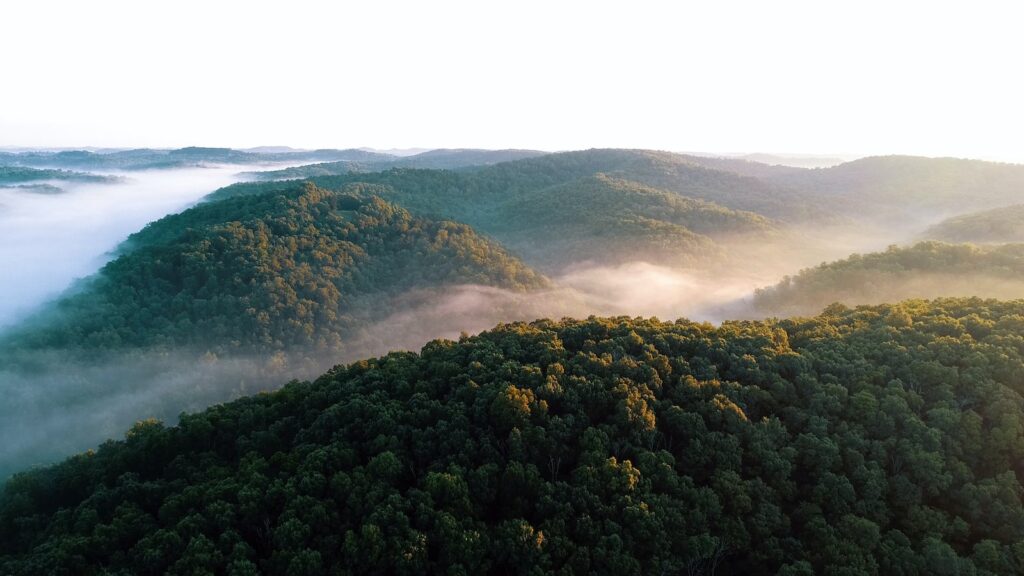Protected natural areas provide buffer against climate crisis
Natural climate solutions are yet again being highlighted as an effective way of tackling the climate crisis by a new study.
Scientists have found that protected areas not only provide vital habitat for a range of species, they also offer a thermal buffer against the climate crisis.
Compared to nonprotected areas which are often disturbed or converted for other land uses, researchers discovered protected areas can cool land surface temperatures.

‘Protected areas provide shaded habitats that can moderate biotic responses to macroclimate warming,’ explained one of the authors Dr. Pieter De Frenne.
In the tropics, protected areas can cool the local daily maximum temperature, while in boreal and temperate regions they reduce daily and seasonal temperature ranges.
Scientists believe this is due to there being more tree cover and a higher amount of foliage in these areas which modulates temperature through physiological and biophysical processes.
‘The cooling effect of protected areas on daily and seasonal maximum temperatures is particularly important because it can protect species in the wild from episodes of extreme heat,’ said Dr. JIA Gensuo, corresponding author of the study. ‘Under a warming climate, as heatwaves are becoming more frequent and more intense, protected areas create thermal refugia.’
The study, led by the Insititute of Atmospheric Physics of the Chinese Academy of Sciences, highlights how nature conservation can be used to reach global climate targets – protected areas can prevent carbon emissions from land-use changes.
They can also enhance carbon removal from the atmosphere and slow the rate of warming, with warming in boreal forests up to 20% lower than in the surroundings.
‘The slowed rate of warming is particularly important for species in the boreal regions because the northern high latitudes have warmed faster than the rest of the world,’ said lead author Dr. XU Xiyan. ‘Protected areas provide a home for threatened species, and the home is air-conditioned naturally!’
In the UK, six major research projects have been announced, which will collectively explore and investigate possible ways hedgerows, woods, forests and treelines could be expanded to cover more of the country, in both urban and rural settings.
Photo by John Modaff















